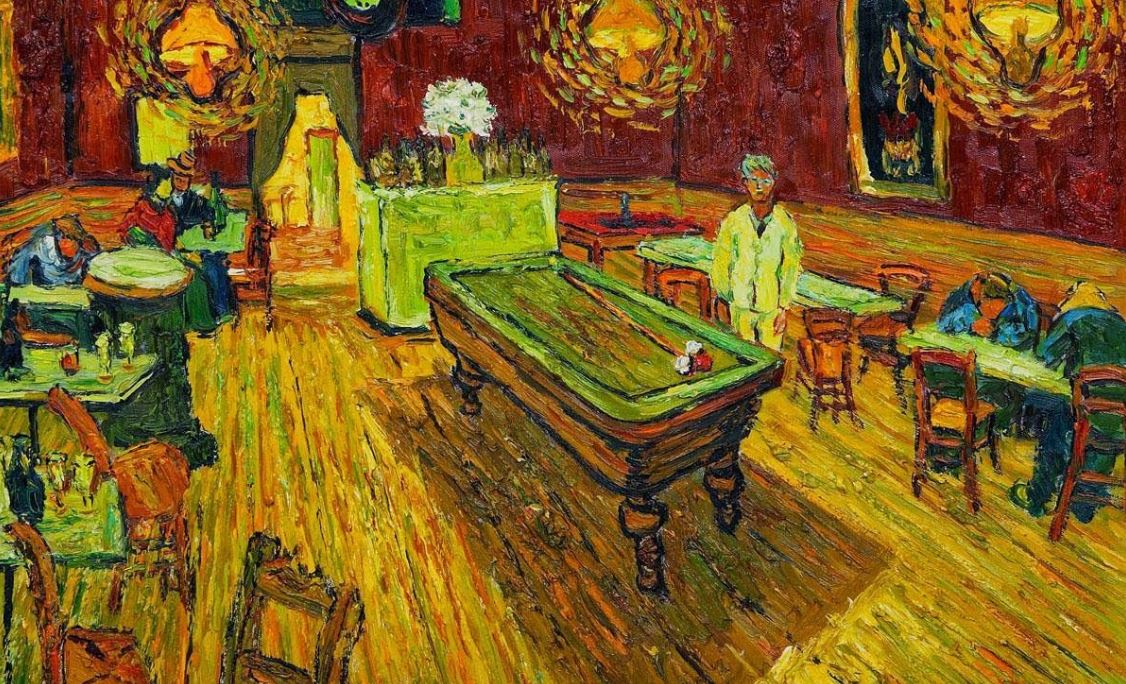Tabi vintage shoes represent a perfect fusion of heritage and modern fashion, blending centuries-old Japanese design with contemporary style. Known for their iconic split-toe design, Tabi shoes have crossed cultural and fashion boundaries to become a sought-after item in wardrobes worldwide. Their vintage charm only enhances their appeal, offering a unique combination of tradition, comfort, and individuality. In this article, we’ll explore the history of Tabi shoes, their distinctive features, and how to incorporate vintage Tabi footwear into your wardrobe.
The Origins of Tabi Shoes
Tabi shoes have deep cultural roots in Japan, dating back over 600 years. Originally, Tabi referred to socks worn with traditional Japanese footwear, such as geta (wooden clogs) and zōri (thonged sandals). These socks featured a split-toe design, separating the big toe from the rest of the toes to allow for better mobility, balance, and comfort when worn with thonged footwear.
In the early 20th century, Jika-tabi—a type of outdoor Tabi shoe—was introduced. These shoes, worn mainly by workers, craftsmen, and laborers, were made from durable materials like rubber and canvas, and they allowed wearers to remain agile while providing protection. The split-toe design enabled better balance, an essential feature for people working in agriculture, construction, or performing tasks that required precision and dexterity.
Over time, Tabi shoes transitioned from functional workwear to fashionable footwear, capturing the attention of designers and trendsetters worldwide. Today, vintage Tabi shoes hold a special place in fashion, appealing to those who appreciate both cultural heritage and avant-garde design.
Why Vintage Tabi Shoes Are Special
Vintage Tabi shoes offer a blend of nostalgia, craftsmanship, and timeless style. Several features make these shoes stand out, particularly for those interested in unique fashion pieces:
The Iconic Split-Toe Design
The split toe or “bifurcated toe” is the defining characteristic of Tabi shoes. It’s a distinctive design element that sets them apart from other footwear. This split-toe feature was initially introduced for practical reasons, but it has since become a visual statement in the world of fashion. Vintage Tabi shoes retain this characteristic, giving them a quirky and intriguing aesthetic.
Craftsmanship and Materials
Most vintage Tabi shoes were crafted with attention to detail and made from high-quality materials. In the early days of their production, Tabi shoes were often hand-sewn by skilled artisans, which adds to their charm. The materials ranged from cotton, leather, and rubber for workwear shoes to more luxurious fabrics like silk or brocade for special occasions.
Cultural Significance
Tabi shoes are more than just footwear; they are a symbol of Japanese culture and history. Wearing vintage Tabi shoes connects the wearer to centuries of tradition. From theater performers to martial artists and laborers, Tabi shoes were worn across a wide spectrum of Japanese society. Vintage versions of these shoes often retain cultural and historical elements that modern reproductions may lack, making them a prized possession for collectors and fashion enthusiasts.
Unique Aesthetic Appeal
The vintage aesthetic of Tabi shoes is a major draw for those who seek individuality in their fashion choices. With their minimalist yet distinctive design, vintage Tabi shoes exude a kind of understated elegance. Whether worn with traditional Japanese clothing or modern, cutting-edge outfits, they offer a subtle yet bold statement. Their slightly worn, weathered look only adds to their allure, as each pair of vintage Tabi shoes tells a story of its own.
How to Style Vintage Tabi Shoes
One of the best aspects of vintage Tabi shoes is their versatility. They can be incorporated into a variety of outfits, from casual to formal, and can elevate your look with a touch of eccentricity. Here are some ways to style them:
With Traditional Japanese Attire
For those who enjoy cultural fusion in fashion, vintage Tabi shoes can be paired with traditional Japanese garments like kimono, hakama, or yukata. The shoes add authenticity and complete the look, especially when combined with other traditional accessories like an obi belt or a haori jacket. This combination creates a harmonious blend of historical fashion and modern style.
With Modern Streetwear
Tabi vintage shoes also work incredibly well with streetwear. Pair them with cropped pants or wide-leg trousers to highlight the shoes’ split-toe design. Add a graphic t-shirt or oversized jacket for an urban, laid-back vibe. The unique shape and silhouette of Tabi shoes make them an interesting addition to any casual outfit, instantly drawing attention without overpowering the rest of your look. Accessories like silicone quick-release watch bands can further elevate this style, adding a sleek, practical touch that matches the modern edge of streetwear.
With Dresses and Skirts
For a feminine yet edgy look, try pairing chunky high knee boots with a midi skirt or flowy dress. The contrast between the delicate fabric of the dress and the structured design of the shoes creates a balanced outfit that’s both stylish and unconventional. You can also add accessories like a wide-brimmed hat or layered necklaces to complete the look.
With Tailored Pieces
If you prefer a more polished, formal aesthetic, cowboy boots metallic can still be your go-to footwear. Pair them with tailored trousers, a crisp button-down shirt, and a structured blazer for a sleek, professional look. The subtlety of the vintage Tabi design adds a hint of individuality to an otherwise classic outfit, making it perfect for fashion-forward office attire or semi-formal events.
Conclusion
Tabi vintage shoes are a perfect mix of tradition, style, and comfort, offering a timeless fashion statement that transcends cultural and historical boundaries. Their split-toe design, vintage appeal, and unique aesthetic make them a standout piece for any wardrobe. Whether you’re interested in preserving cultural heritage or simply want to make a bold fashion statement, vintage Tabi shoes offer versatility and individuality that few other styles can match.



